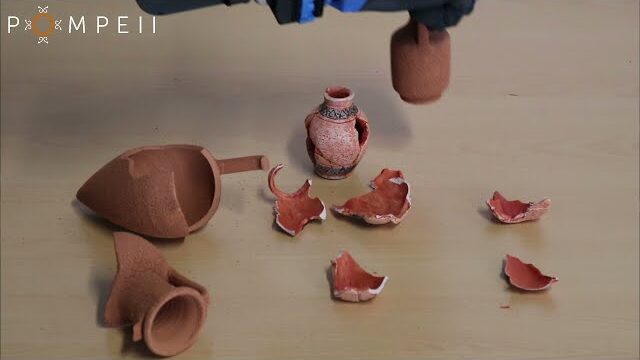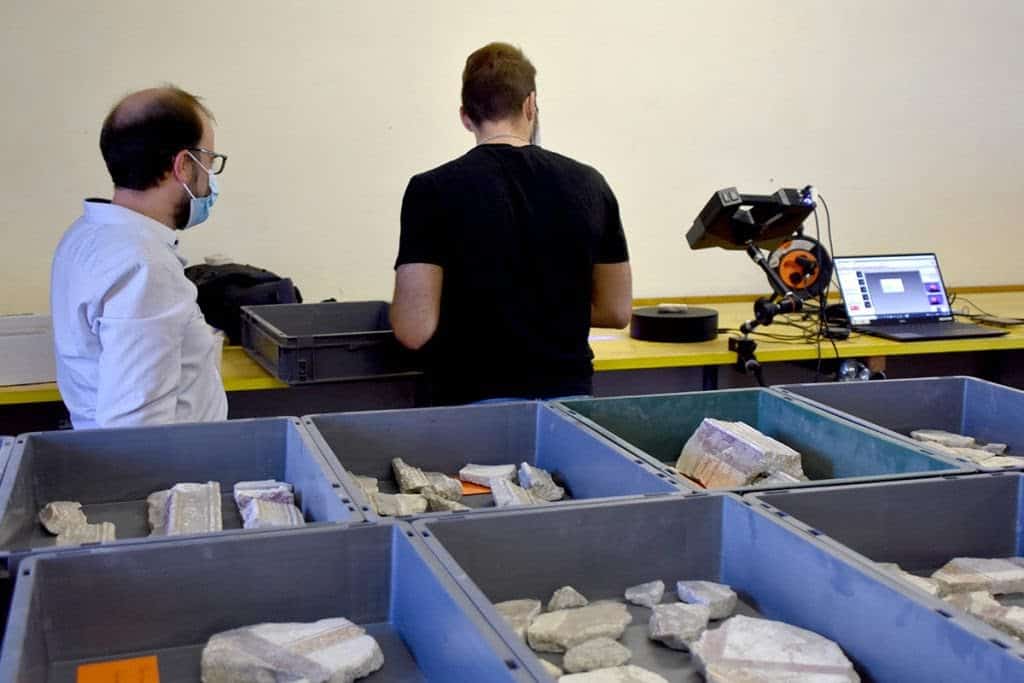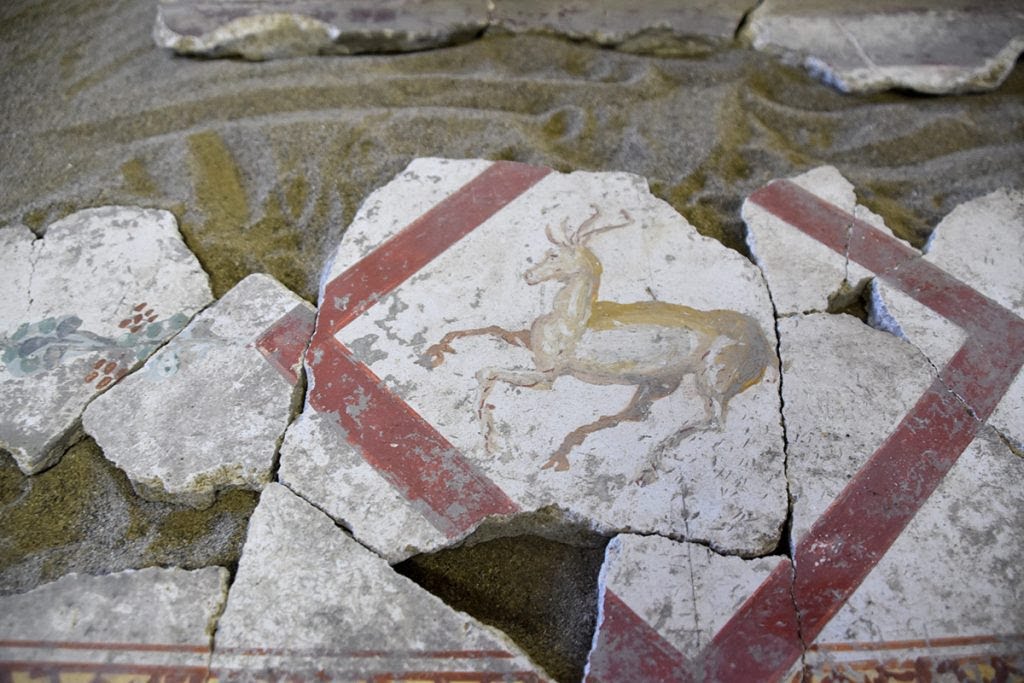The incredible city of Pompei, extraordinarily preserved "under ashes" for millennia, has not finished surprising us. Alongside intact finds, however, it is not uncommon to find fragments of other works: often very difficult to catalog or even put back together.
Now the archaeologists of Pompeii will be able to count on an additional ally: a robot equipped with artificial intelligence. This innovative technology called RePAIR could revolutionize the longest and most frustrating phase of archaeological studies: the physical reconstruction of destroyed works of art.
Solve complex "puzzles" of history
The project, started in 2021 and funded in part by the European Union, aims to assist archaeologists in the reconstruction of destroyed finds and artefacts, and is now delivering its first important results. RePAIR technology can examine the many pieces of an ancient Roman vase and determine how they fit together. Next, a pair of robotic arms would bring them together.


One of the first objectives of the project is the reconstruction of two Pompeii frescoes dating back to approximately 2000 years ago: one in the House of Painters at Work in the Insula degli Amanti Casti, the other in the Schola Armaturarum.
Like many other artifacts unearthed during excavations of the Pompeii site, thousands of fresco fragments are preserved under layers of volcanic ash. Fragments practically impossible for a human being to reassemble, and for this reason they have been stuck for years in a warehouse outside Pompeii.
Reviving the finds in complete autonomy
If all goes according to plan, the RePAIR robot will be able to handle the entire process on its own, from scanning to assembly. If necessary, it will also present intermediate results, to give archaeologists a chance to supervise the work.
“All along,” says a co-founder of RePAIR (Ohad Ben-Shahar of the Department of Computer Science at Ben-Gurion University), “we have been building machines to help us. Today, autonomous machines will be helped by people."
From the past, new frontiers for the museums and archaeological sites of the future.


